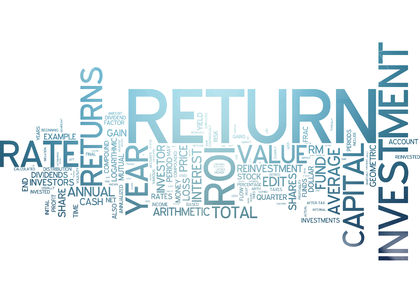Do you know that according to a study of Singaporeans’ financial wellness state by OCBC last year, only 60% of women have investments? Faring better on the flip side, 75% of male respondents aged between 21 and 65 noted that they are investing.
Are you a novice when it comes to investing? If you have a low-risk appetite and not so investment savvy at the moment, fret not. All you need to take is baby steps.
“You don’t need a lot of money to start investing,” highlighted Vasu Menon, executive director of investment strategy at OCBC Bank. “A regular investment plan where you squirrel away small amounts each month into pre-selected investments is one fuss-free way to start building a portfolio.”
Consider these options to start your first investment from $100!
#1: Exchange Traded Funds (ETFs)
The OCBC Blue Chip Investment Plan allows you to invest in ETFs from just $100 a month. Just in case you’re clueless, ETFs are funds that are listed and traded on the stock exchange.
Even if you do not know much, that’s okay. The great thing about ETFs is that you don’t need a lot of market monitoring, thanks to the dollar-cost averaging. By regularly investing a specific sum of money over time, you can potentially lower your average price per counter.
“Diversify over time by phasing your investments into the markets through a regular investment plan, so that if the markets see a drawdown or sharp volatility, you will have dry powder to buy at lower levels, which reduces your average cost. A regular investment plan allows you to benefit from dollar-cost averaging,” Menon shares.
#2: Unit Trusts

Image Credits: scripbox.com
For folks who want to know that their money is in good hands, unit trusts would be a good investment strategy. To put it simply, an experienced fund manager oversees a pool of funds from a group of investors and uses it to invest in a range of financial assets.
The good news is that you don’t need significant capital to access a diversified portfolio. You can choose between making consistent investments from $100/month or opt for the minimum $1000/month lump sum route.
Purchase methods include cash, Central Provident Fund (CPF) Investment Scheme, and the Supplementary Retirement Scheme (SRS) for selected funds.
“For myself, I started my investment journey by investing my own CPF monies since the funds were just sitting idle in my account, out of sight and out of mind. I took the first step by setting up a CPF investment account and began exploring opportunities to invest,” said Tan Siew Lee, Singapore’s head of wealth management at OCBC Bank.
#3: Robo-Investing
As we come to a close, robo-investing is our last option. Through this investment strategy, novice investors who want to invest actively via algorithms will be able to construct, monitor, and review portfolios.
Menon shares that OCBC RoboInvest could be one way to begin. Selected portfolios just require a small initial investment of US$100, making a fantastic way for almost anyone to kickstart their investment journey.
While we can’t say the same for other robo-investing platforms, Menon assures us that OCBC RoboInvest automates investments with guidance and validation from wealth experts to give you peace of mind.
However, that doesn’t mean a hands-off kind of financial venture. While your portfolio is monitored and periodically re-balanced based on economic and market movements, you hold the final say to approve any changes made to your portfolio.
Want to find out more on OCBC RoboInvest? Click through this link: ocbc.com/personal-banking/investments/roboinvest.


